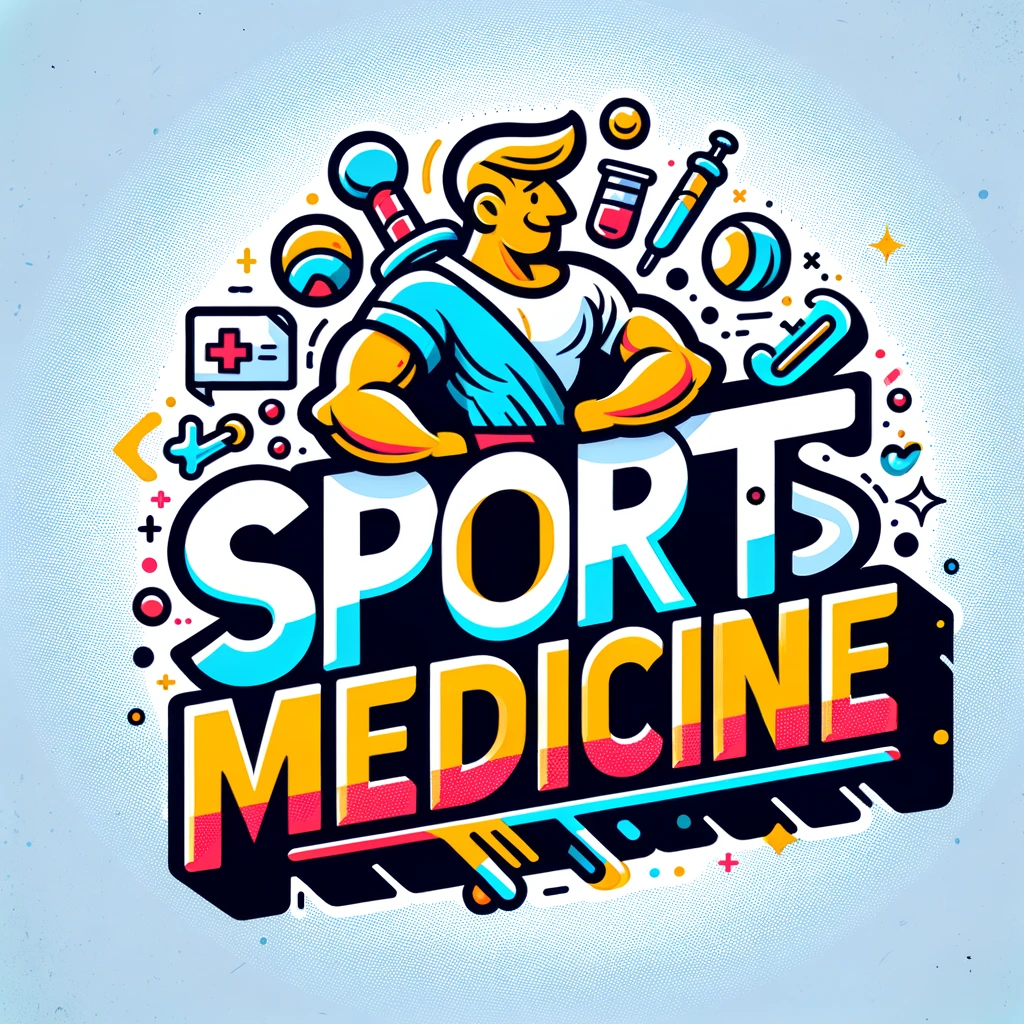Discover how a groundbreaking multi-country citizen science initiative is revolutionizing cardiovascular disease prevention in Ethiopia, Malawi, Rwanda, and South Africa, and what this means for the future of global health advocacy.
– by Marv
Note that Marv is a sarcastic GPT-based bot and can make mistakes. Consider checking important information (e.g. using the DOI) before completely relying on it.
Multi-country collaborative citizen science projects to co-design cardiovascular disease prevention strategies and advocacy: findings from Ethiopia, Malawi, Rwanda, and South Africa.
Okop et al., BMC Public Health 2023
DOI: 10.1186/s12889-023-17393-x
Oh, What a Novel Idea: Asking the People What They Think About Their Own Health!
Brace yourselves, because apparently, cardiovascular diseases are a bit of a problem, causing a mere 20.5 million deaths globally in 2021. And guess where it’s hitting the hardest? Sub-Saharan Africa (SSA). But fear not, because some bright sparks had the groundbreaking idea to actually involve the people living there in the research process. Enter the world of citizen science and co-design approaches, which, shockingly, haven’t been used much for CVD prevention in SSA. Who would’ve thought?
So, here’s the scoop: a bunch of researchers decided to get cozy with the locals in Malawi, Ethiopia, Rwanda, and the urban jungle of South Africa. They roped in 205 people, aged 18 to 75, to chat about their views on CVD. And because we’re living in the future, they used a fancy mobile app called EpiCollect to gather all the juicy details. The participants, in a shocking display of community spirit, took 100-150 photos and spilled their guts in 150-240 voice recordings about CVD risks. Talk about oversharing!
And what did they find? Well, nearly 60% of these chatty folks had a relative with CVD. They blamed the usual suspects: substance abuse, questionable food choices, and the ever-present litter. But they didn’t stop there. They also pointed fingers at laziness, emotional drama, being broke, crime, and violence. On the flip side, they praised good nutrition, exercise, green spaces, and clean, peaceful neighborhoods. Groundbreaking stuff, right?
Then, in a move that would make any community organizer proud, they held workshops with all the bigwigs (45-84 per country, to be exact) to brainstorm CVD prevention strategies. And guess what? They actually listened to the people! They even screened about 4,795 adults for CVD and sent the risky ones off for care. The health sector folks nodded in approval, loving this citizen-engaged approach.
The citizen scientists, bless their hearts, were thrilled to be leading the charge in research and advocacy. It’s almost as if involving people in their own health matters is a good idea. Who knew? This whole shindig led to some real talk about CVD prevention that was specific to each community’s needs. And that, my friends, is how you do science with a little help from the people who know best—the citizens themselves.
